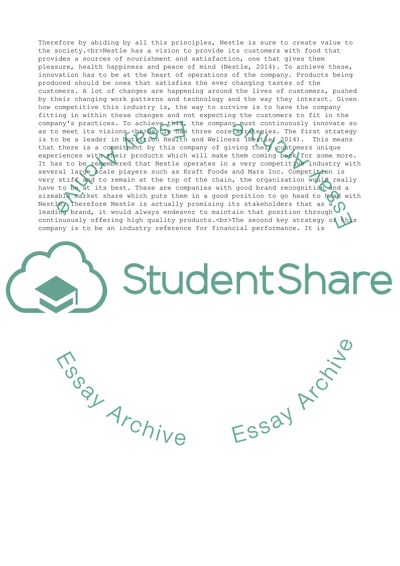Cite this document
(HRM - Nestle Assignment Example | Topics and Well Written Essays - 3750 words - 1, n.d.)
HRM - Nestle Assignment Example | Topics and Well Written Essays - 3750 words - 1. https://studentshare.org/human-resources/1846918-hrm-nestle
HRM - Nestle Assignment Example | Topics and Well Written Essays - 3750 words - 1. https://studentshare.org/human-resources/1846918-hrm-nestle
(HRM - Nestle Assignment Example | Topics and Well Written Essays - 3750 Words - 1)
HRM - Nestle Assignment Example | Topics and Well Written Essays - 3750 Words - 1. https://studentshare.org/human-resources/1846918-hrm-nestle.
HRM - Nestle Assignment Example | Topics and Well Written Essays - 3750 Words - 1. https://studentshare.org/human-resources/1846918-hrm-nestle.
“HRM - Nestle Assignment Example | Topics and Well Written Essays - 3750 Words - 1”. https://studentshare.org/human-resources/1846918-hrm-nestle.


